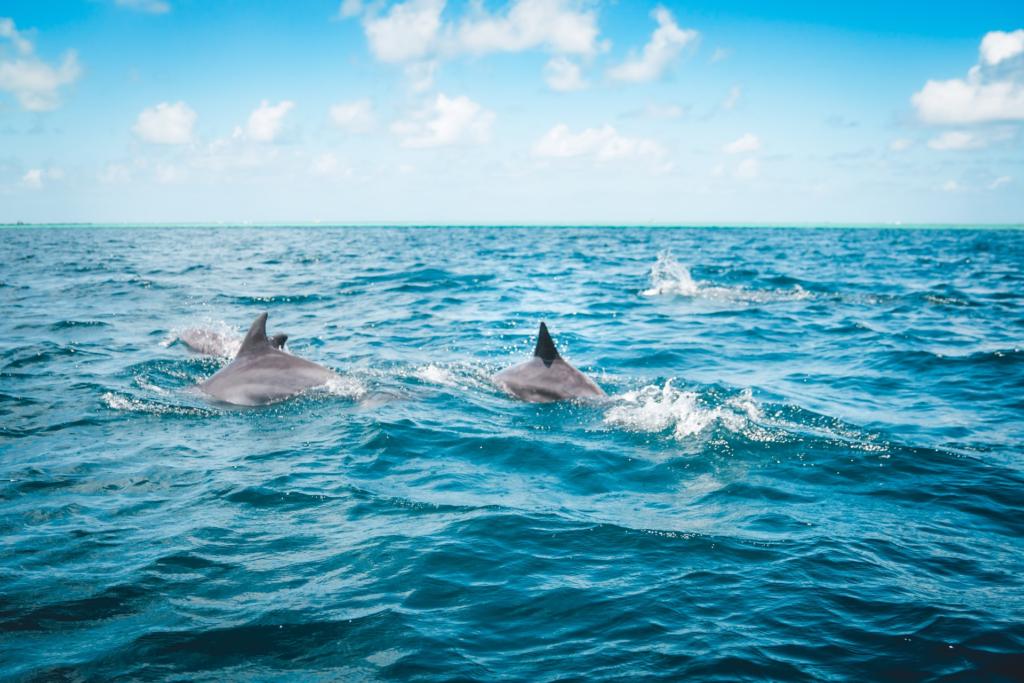REUTERS
The government says the main areas where the Maui dolphins are found are protected by marine mammal sanctuaries and restrictions on fishing.
Wellington – The world’s smallest and rarest dolphin has seen its population fall by half to about 55 in the last seven years and is at risk of extinction, a survey released this week showed.
At least two Maui dolphins (Cephalorhynchus hectori maui), which live only off the west coast of New Zealand’s North Island, have been found dead since the survey was completed 12 months ago.
The study by the Department of Conservation with the University of Auckland and Oregon State University found the number of adults had reached an all-time low of between 48 and 69.
A similar survey in 2004 put the number of the animals, long officially listed as “critically endangered,” at 111.
Barely more than 20 breeding females survive, according to the NABU International Foundation for Nature. The dolphins can live up to 20 years, but females are not sexually mature until seven to nine and they produce just one calf every two to four years, making population increase a very slow process.
The dolphins grow to a maximum of 1.7 metres long and about 50 kilograms in weight, usually living in pods near the shore and waters about 20 metres deep. The foundation called on the government to immediately ban trawling and gillnet fishing in inshore seas up to a depth of 100 metres.
“Every day that the animals are exposed to gill and trawl nets carries a risk we can’t afford,” said Barbara Maas, NABU’s head of international species conservation.
The Maui dolphins have distinctive grey, white and black markings and a short snout. They are a sub-species of the less-endangered Hector dolphins, with whom they share a well-rounded black dorsal fin unique among dolphins.
Like all dolphins, they use echolocation to find food, sending out high frequency clicks that bounce off fish and surrounding objects, giving them a detailed sense of their surroundings.
But experts say they do not use their sonar all the time, which may be why they get caught in nets.
The government says the main areas where the Maui dolphins are found are protected by marine mammal sanctuaries and restrictions on fishing. It announced that it was considering further measures.
But it will not move immediately, saying it must “balance several factors,” including the impact of tighter restrictions on the local fishing community.
Maas decried delays imposed by what she called New Zealand’s “litigious fishing industry, which used the courts to try and overturn improved protection measures by two fisheries ministers in the past.”
The industry reacted quickly, dubbing the government’s proposal a knee-jerk reaction.
“This proposal puts the blame at the fishermen’s door and ignores all the other known factors including disease, pollution and natural predators such as sharks and orcas,” Doug Saunders-Loder, president of the New Zealand Federation of Commercial Fishermen, said.
“Frankly, based on past experience, we don’t think they’re open to hearing our views and we’re concerned they will not give industry a fair go.”
Victoria University of Wellington marine expert Wayne Linklater said, “If we lose the Maui dolphin it is likely the effects will cascade through the food chain to radically change the community of plants and animals off our coasts.
“We need to understand that the loss of the dolphin can be a bad thing for the economy as well as a bad thing for the quality of our environment and our enjoyment of it.” – Sapa-dpa




